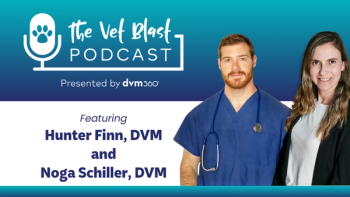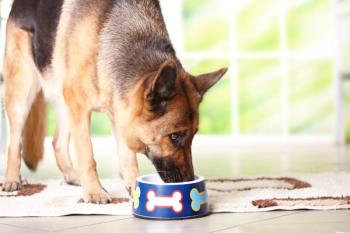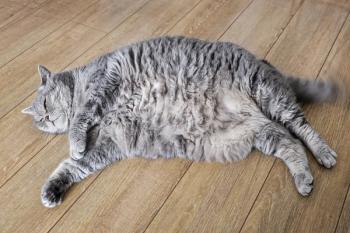
Annual survey finds swelling numbers of overweight pets
Results highlight the increasing weight of increasing weight as well as a lack of standard definition in the veterinary industry.
Compared with last year, the percentage of overweight cats has stayed level, while the percentage of overweight dogs has gone up a step. (Getty Images)
About 58 percent of cats and 54 percent of dogs are overweight in the United States, according to a release from the Association for Pet Obesity Prevention (APOP). APOP conducts an annual survey of obesity prevalence, and the percentage of overweight cats in 2015 is the same as last year's survey but slightly up for dogs-
Survey details
The 2015 survey involved 1,224 dogs and cats from 136 veterinary clinics. Participating veterinary practices assessed the body condition score (BCS) of all canine and feline patients that came in for a regular wellness examination on a given day in October. A BCS based on a five-point scale and actual weight were recorded and used to classify pets as either underweight, ideal, overweight or obese.
Lack of definition a weighty problem
Ernie Ward, DVM, author of the book
“Our profession hasn't agreed on what separates ‘obese' from ‘overweight,'” says APOP board member Steve Budsberg, DVM, MS, DACVS, a veterinary surgeon at the University of Georgia, in the APOP release. “These words have significant clinical meaning and affect treatment recommendations.”
Ward says APOP would like to standardize the terminology for “obese” and “overweight.” And, working in conjunction with European colleagues, they are hoping to adopt a universal BCS with a whole-integer, nine-point scale. They say such a scale will allow veterinarians to more consistently interpret veterinary medical research, accurately assess their patients' body conditions and clearly communicate with colleagues and clients.
“There are currently three major BCS scales used worldwide,” says APOP board member Julie Churchill, DVM, PhD, a veterinary nutritionist at the University of Minnesota. “We need a single standard to ensure all veterinary healthcare team members are on the same page.”
Further clouding the waters is the acceptance of obesity of a disease.
“The American Medical Association recognized obesity as a disease in 2013. I think the time has come for the American Veterinary Medical Association to follow suit,” says Ward. “By defining obesity as a disease, many veterinarians will take the condition more seriously and be compelled to act rather than ignore this serious health threat.”
Newsletter
From exam room tips to practice management insights, get trusted veterinary news delivered straight to your inbox—subscribe to dvm360.






